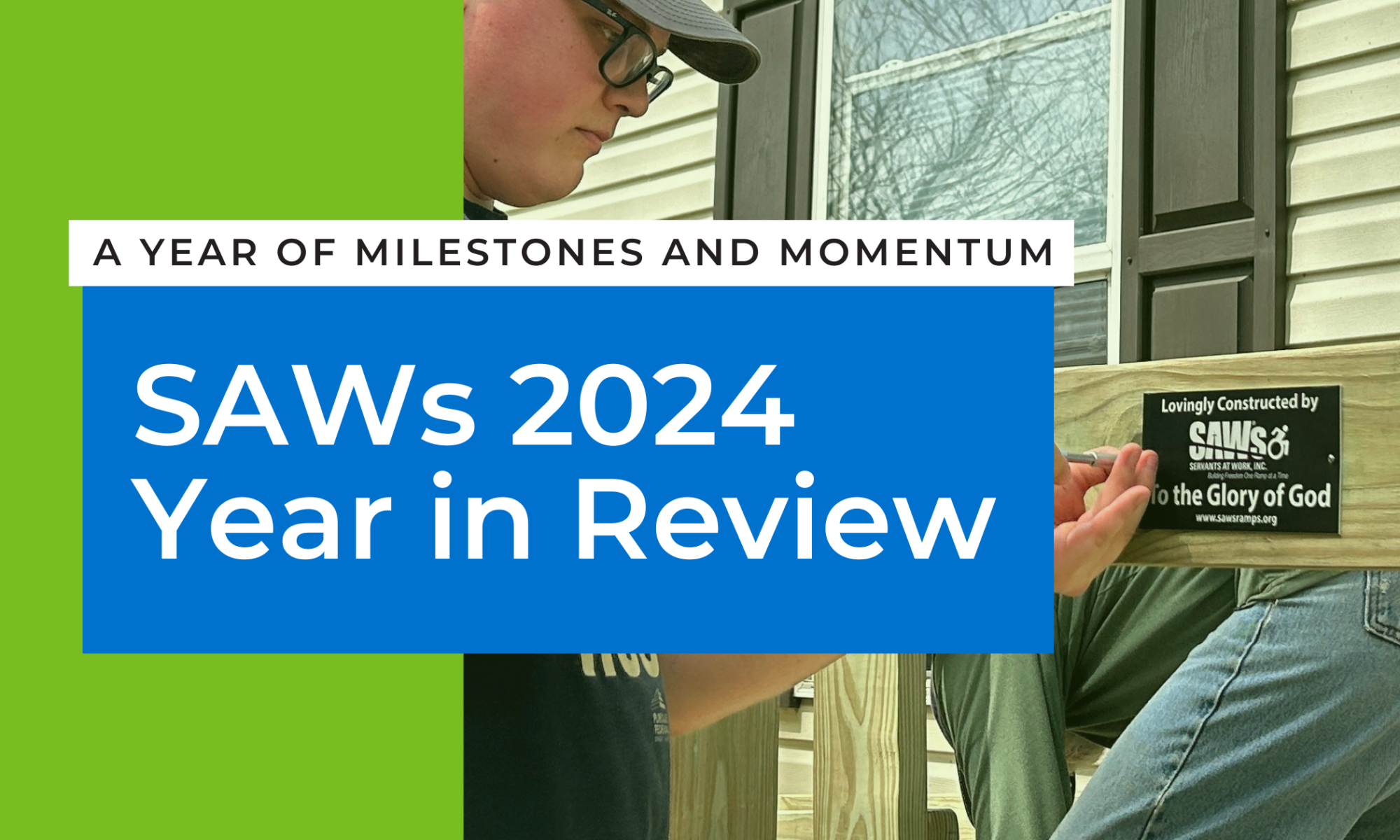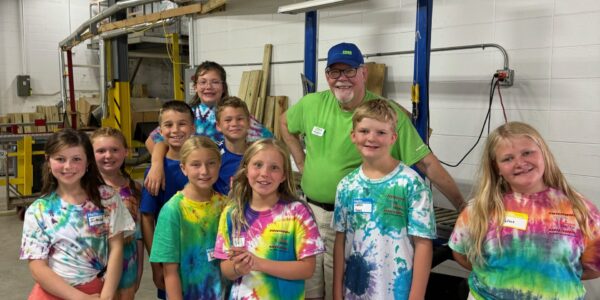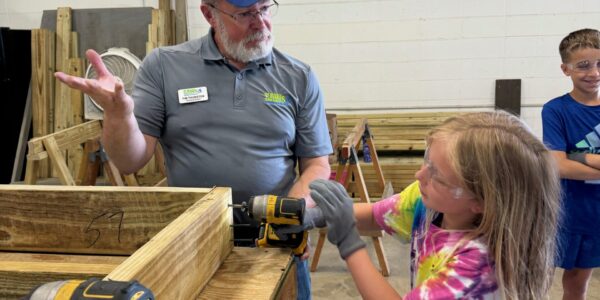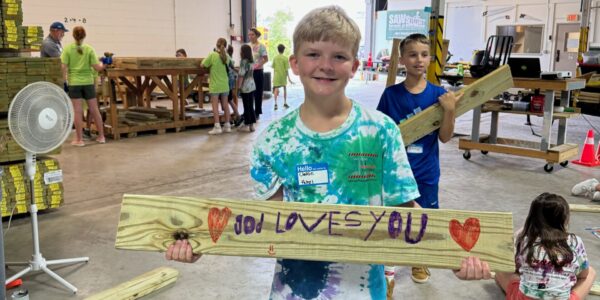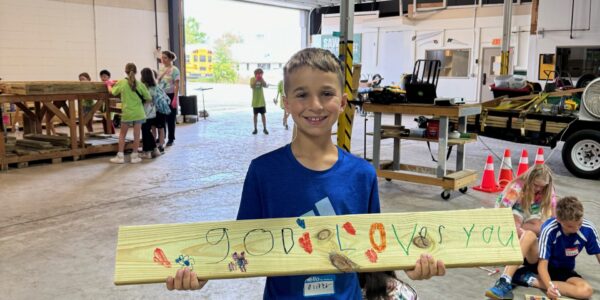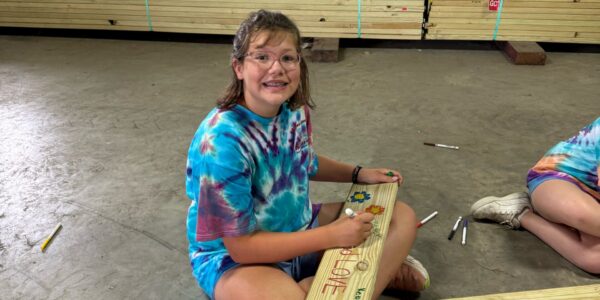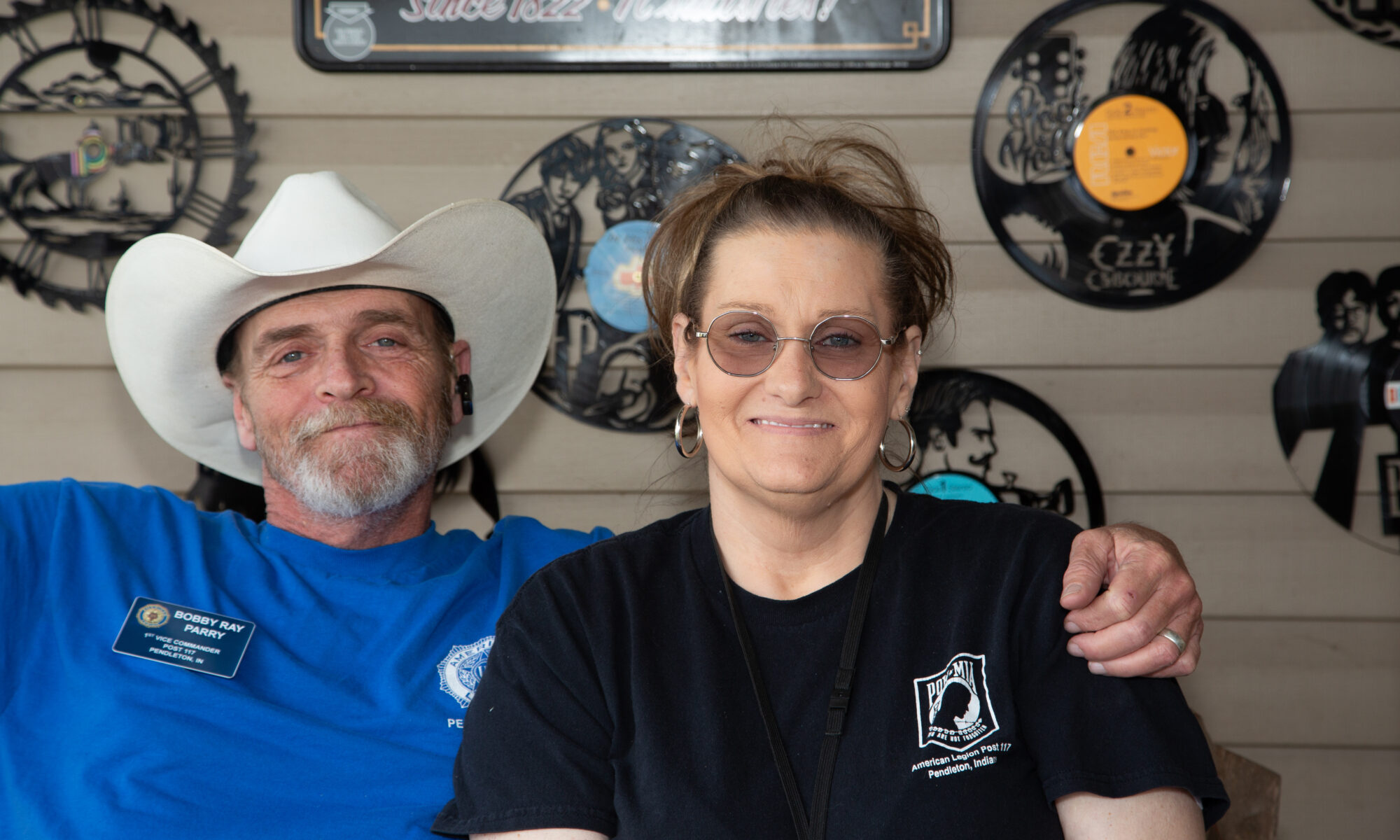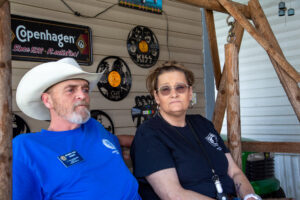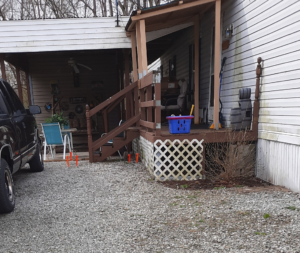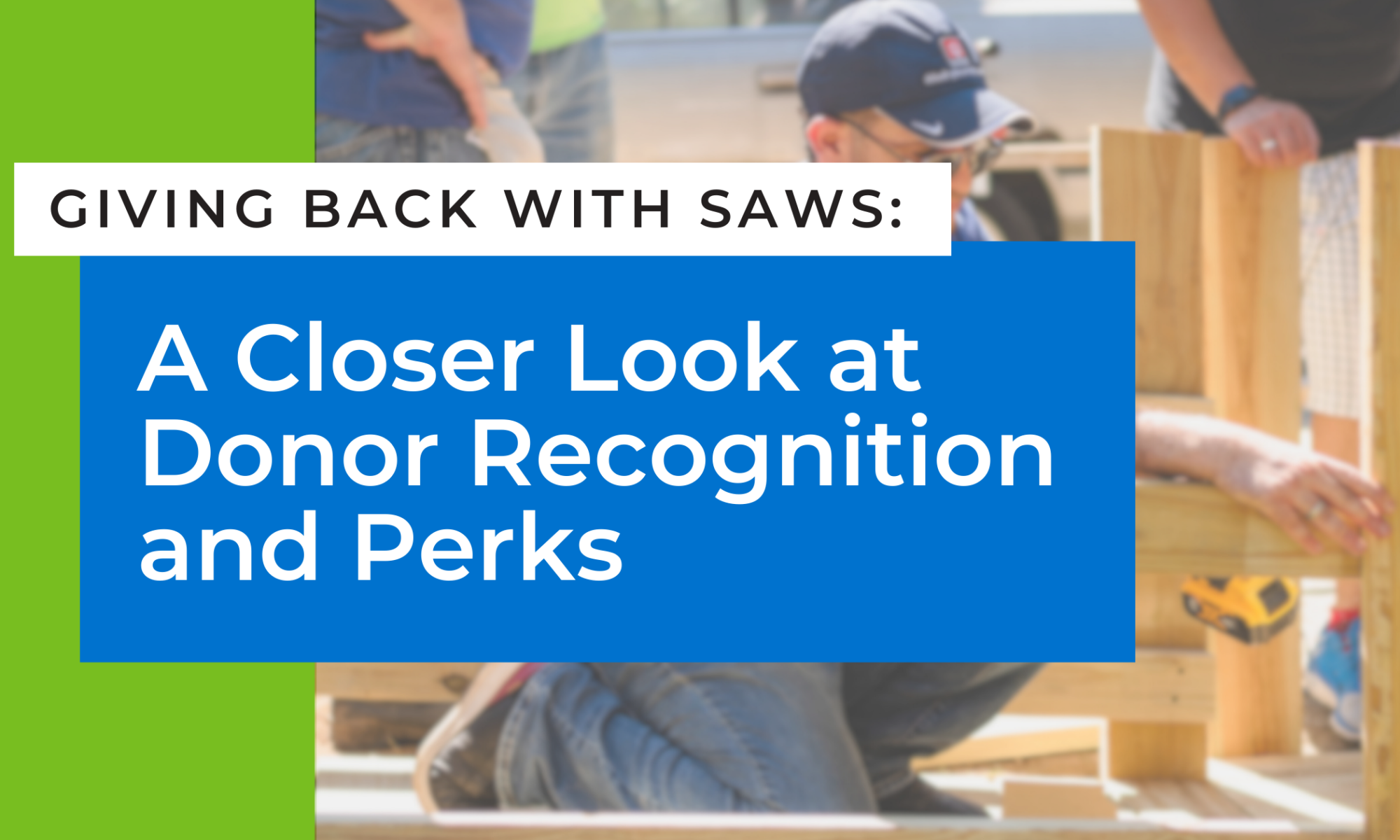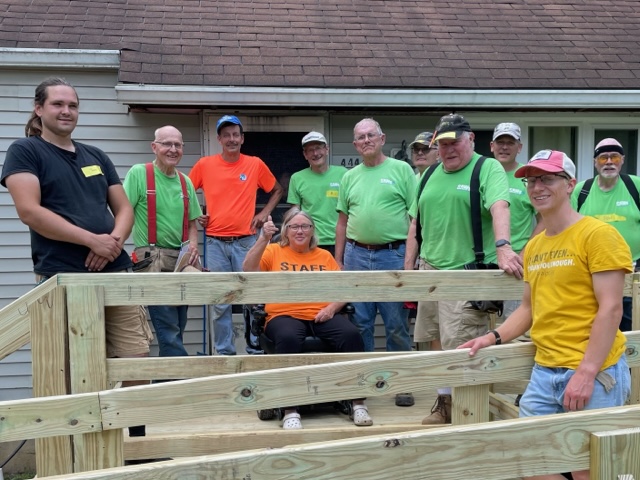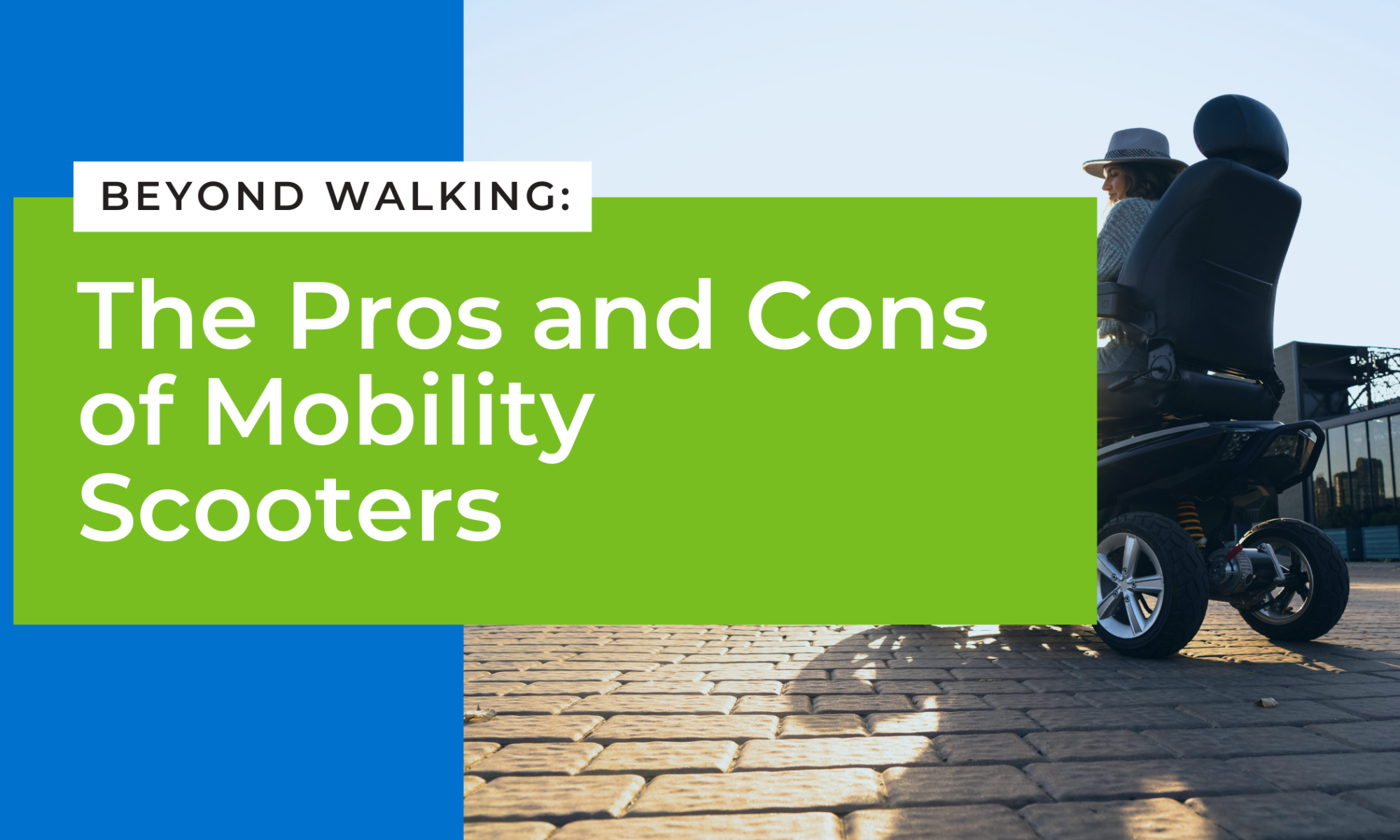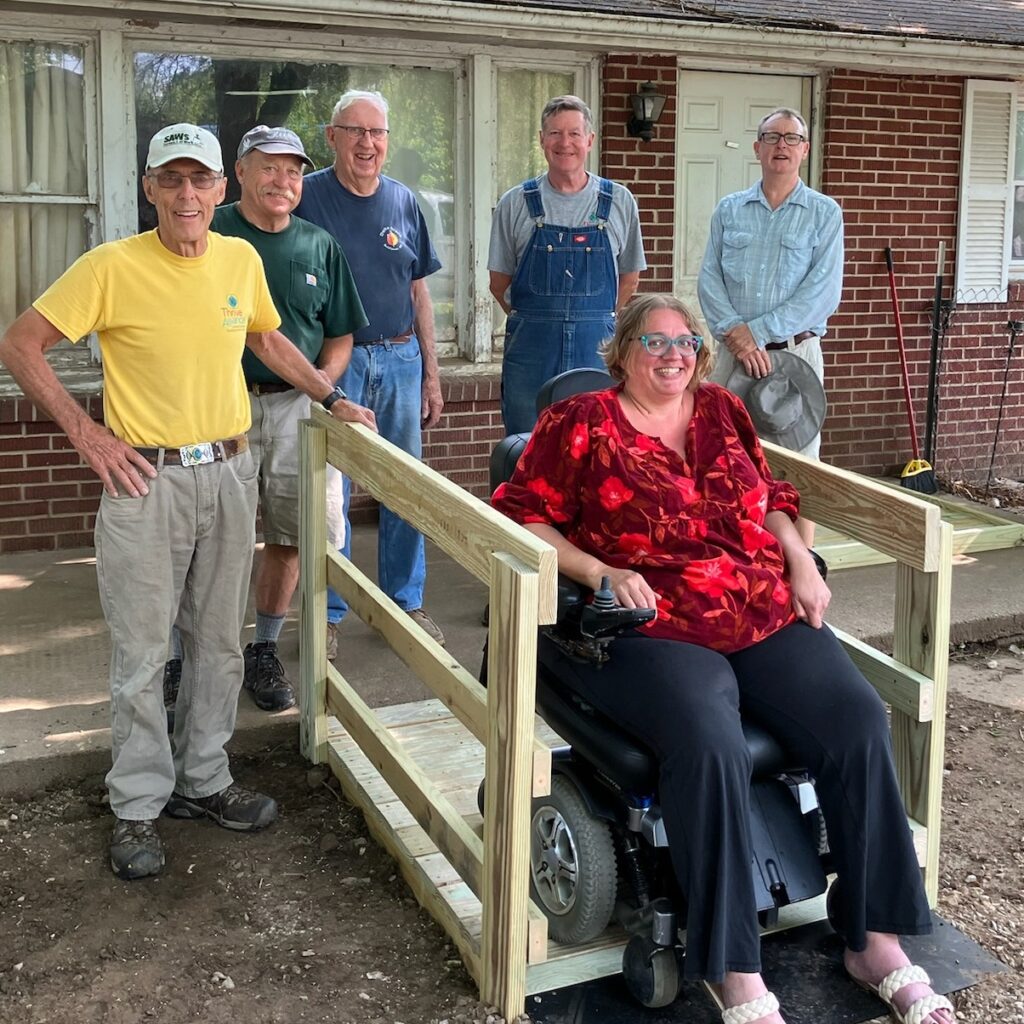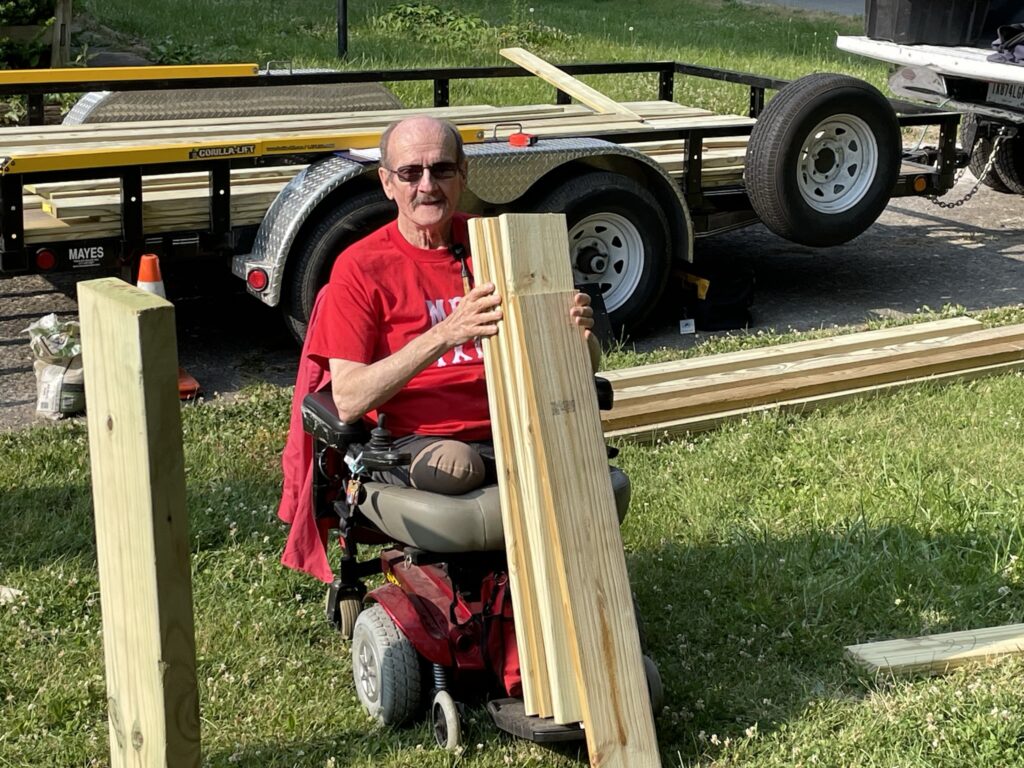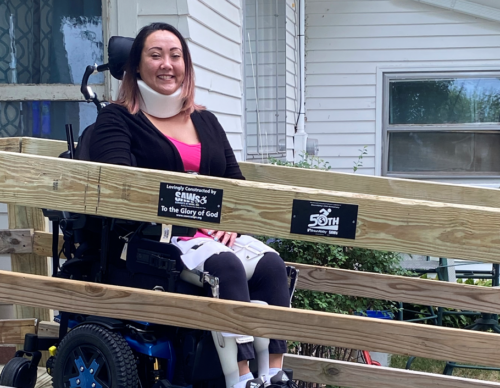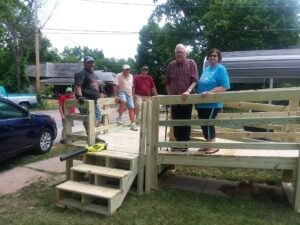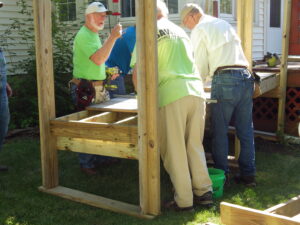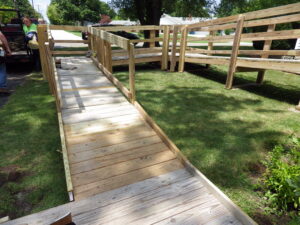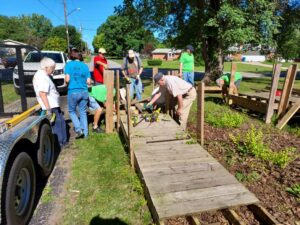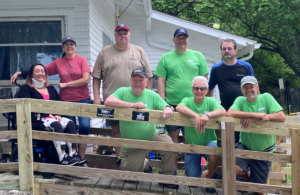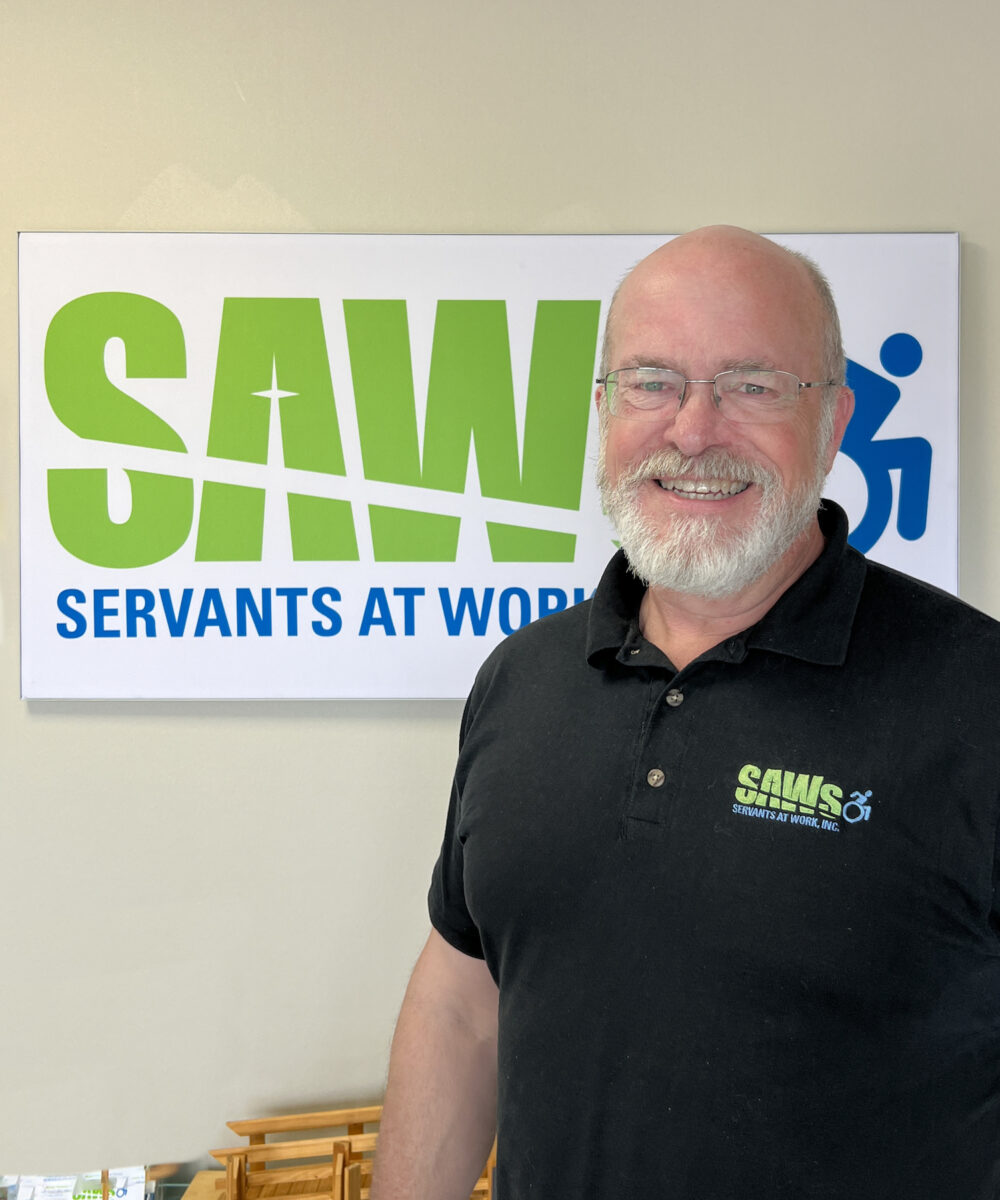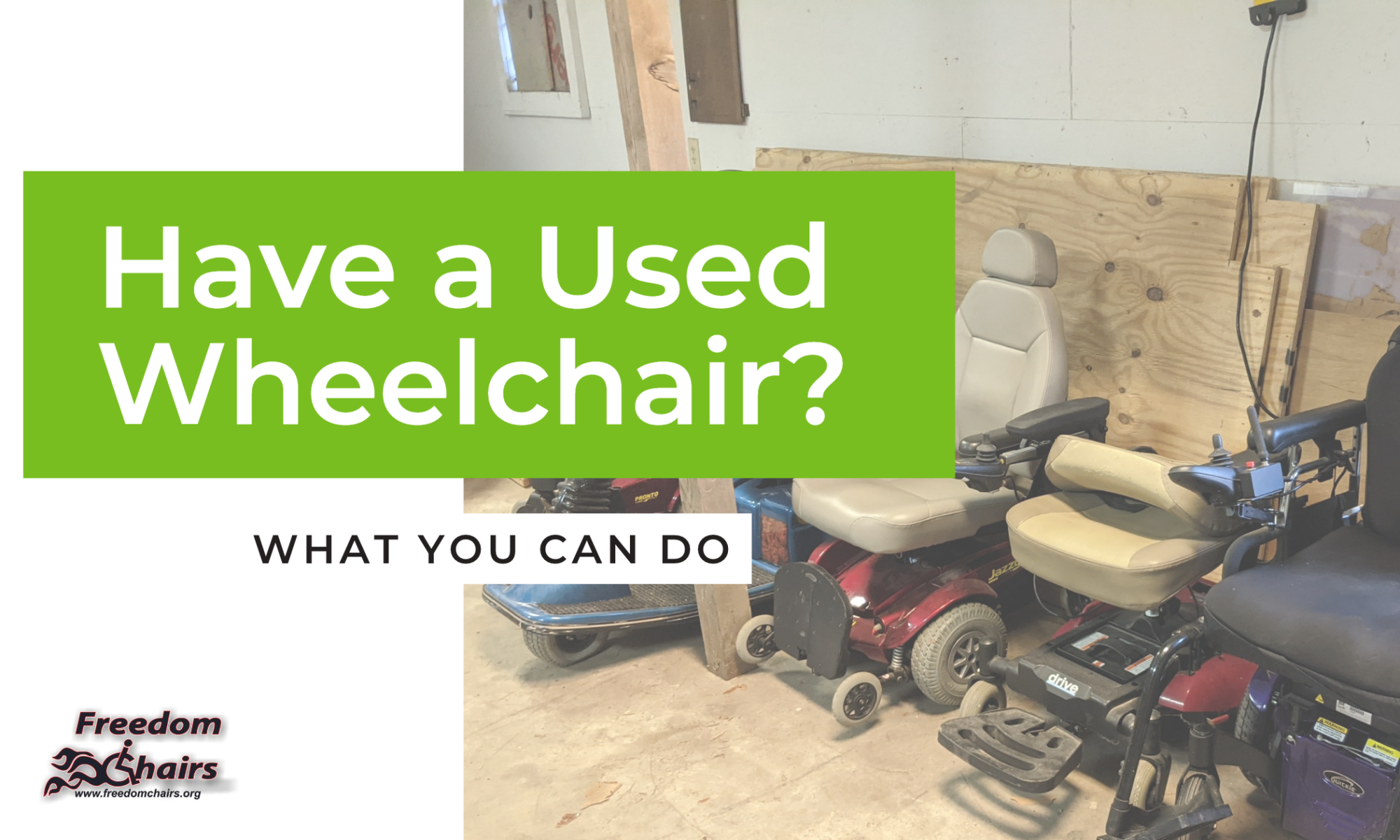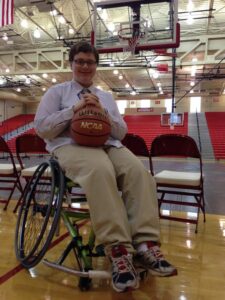As we look back on 2024, it’s incredible to see the impact that your support has made possible through SAWs. This year was filled with remarkable achievements, growth, and heartwarming stories of restored independence, thanks to our dedicated volunteers, generous donors, and supportive community. With your help, we reached major milestones, expanded our reach, and continued providing life-changing accessibility to those in need.
Celebrating Our 4000th Ramp
One of the highlights of 2024 was our celebration of the 4000th ramp, a significant milestone in SAWs’ history. Reaching this number signifies thousands of lives touched, thousands of individuals freed from isolation, and thousands of families who no longer worry about accessibility for their loved ones. Each ramp tells a story of resilience, hope, and community, and the 4000th ramp was no exception. Built in May, it was a collaborative effort with Rehab Medical and volunteers who worked tirelessly to provide a

safe passage to independence.
We recently marked this occasion by sending our supporters a special postcard featuring a sketch of the 4000th ramp. It serves as a reminder that every contribution — whether it’s time, funds, or encouragement — brings us closer to making a difference for another person who just needs a little help to regain their mobility freedom.
Expanding Our Reach with New Partnerships and Grants
This year, SAWs continued to grow thanks to new partnerships and grants that allow us to reach more communities across Indiana and beyond. Notable contributions from foundations like the Community Foundation of White County and the Blue River Community Foundation made it possible to build ramps for individuals who would otherwise face months or even years of isolation due to accessibility challenges.
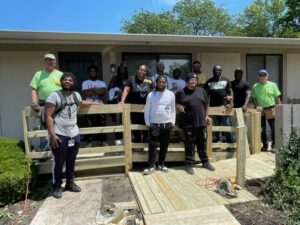
We also received a generous gift from the Indiana Construction Roundtable Foundation, funding the construction of 15-20 ramps across multiple counties. Each project is completed by a dedicated team of students from BY Construction Training, led by our outstanding Volunteer Project Manager, Jesse Linville. The students, mostly young adults, commit to building these ramps with skill and compassion, creating meaningful connections with our clients, and gaining hands-on experience in the field.
These partnerships highlight how working together as a community can bring lasting change, and we are grateful for the trust and support we’ve received from organizations that believe in our mission.
Empowering a New Generation of Volunteers

Our volunteers power behind each ramp. This year, we witnessed an inspiring wave of new and returning volunteers, from students at Highlander Park completing their first ramp build to groups from businesses like OrthoIndy. With the help of experienced team members, these volunteers are gaining the skills they need to make a tangible difference.
One of our key goals in 2024 was to build a leadership pipeline within our volunteer ranks, ensuring the legacy of SAWs continues to grow. This effort to cultivate and support new leaders is crucial, as each new volunteer leader allows us to expand our impact even further.
The Need for Support
Despite these accomplishments, the need for support remains urgent. There are still hundreds of individuals in Indiana who cannot safely leave their homes due to a lack of accessible options. Each ramp requires resources, skilled hands, and time to build — and with rising costs, our ability to serve everyone who needs a ramp is more challenging than ever.
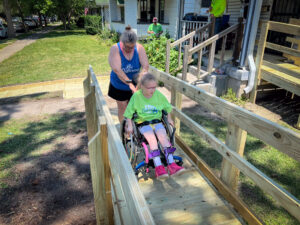
As we enter the holiday season, we’re asking our community to consider supporting SAWs in whatever way they can. A donation of any size helps us cover the costs of materials, transportation, and volunteer training to continue delivering ramps to those who need them most. And because we’re committed to using your contributions wisely, you can trust that every dollar goes directly toward building ramps and changing lives.
Looking Ahead to 2025
As we wrap up 2024, we’re energized and hopeful for what lies ahead. The progress we’ve made this year is a testament to the power of community and the belief that everyone deserves the freedom to access their own home. With your continued support, we aim to build even more ramps, reach underserved areas, and help every person who needs our assistance.
Thank you for being part of SAWs’ journey this year. Together, we’ve created paths to independence and lifted countless spirits. Here’s to even more milestones in 2025!

